Friday will be the biggest day of the week with Non-Farm Payroll at 8:30 a.m. Central. We also have a long weekend ahead with the market closed on Monday for Labor Day.
The S&P 500 (/ES) reached its bigger picture structure this week near the $3,900 trendline, so we’ll continue to observe that level. We’re looking for a potential pop on Friday into the Job Report.
See if /ES heads toward $3,955 and rolls back down to $3,930.
If /ES continues to drop, my next target is $3,900. If /ES holds $3,930 and pops higher, my first target will be $3,955. My second target is $3,978.
Continue to focus on the Nasdaq (/NQ), and see if it leads the way for the market. /NQ could break $12,207 and head toward its above structure at $12,326. If /NQ rejects $12,207, my first target is $12,087. My second target is $11,978.
With news from Thursday morning causing a volatile day, NVDA is still my main setup. It could bounce back and fill the gap fill above from $143 to $147 or it could head back to $140 and reject back down towards $134.
Trade my top setup in NVDA and get access to even more of my setups live with me in the Simpler Day Trading room this week.
Stay Focused!

